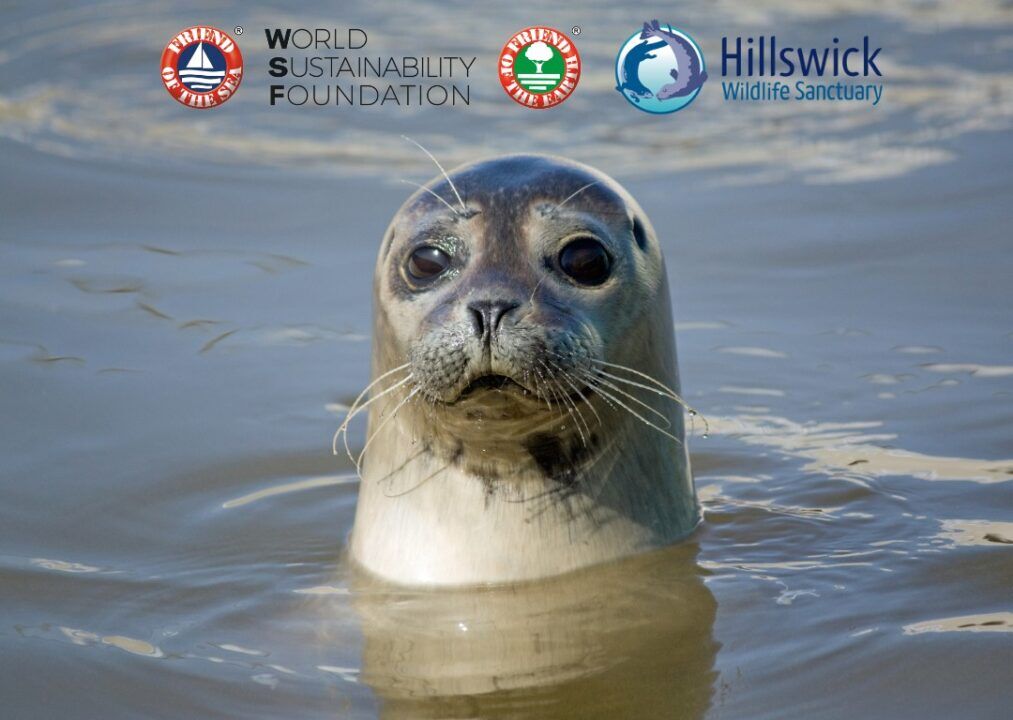From the polar ice caps to temperate waters, seals inhabit oceans worldwide, from the Arctic to the Antarctic. With their playful spirit and expressive eyes, these marine mammals are among the most charismatic ambassadors of marine biodiversity.
Seals exhibit extraordinary adaptations that make them perfect for aquatic life. Their clumsy and awkward movement on land contrasts with their marvellous agility in swimming, during which they perform swift and spectacular manoeuvres. Their physiological capabilities are also astonishing. For instance, it has been discovered that during dives, their heart rate can slow from 120 to less than 10 beats per minute, allowing them to hold their breath for extended periods. These animals are fascinating creatures and play a crucial role in maintaining the balance of marine ecosystems.
Unfortunately, seals face severe threats. Industrial fishing kills countless seals trapped in fishing nets each year, while the reduction of ice and human expansion along coasts deprive these animals of their natural habitat. Pollution, maritime traffic, and hunting also contribute to the decline of seal populations.
In response to this crisis, the World Sustainability Foundation (WSF) has launched the “Save the Seals” campaign to raise public awareness and promote more sustainable choices.
WSF actively collaborates with the Hillswick Wildlife Sanctuary, a recovery centre based in the Shetland Islands. For over 30 years, the centre has been dedicated to the care of sick, injured, or abandoned seals and otters. The internationally recognised centre provides specialised veterinary care and releases rehabilitated specimens back into the wild, contributing to the repopulation and protection of the species.
We can all do our part to protect seals through conscious choices: favouring certified seafood products, avoiding seal fur items, and supporting conservation projects.
“Seals are much more than mere inhabitants of our seas,” says Paolo Bray, founder and director of WSF. “They are intelligent creatures, capable of communicating through a complex language of sounds and movements. Protecting them means preserving a species and a heritage of biodiversity that belongs to all of us and future generations.“
The fate of these extraordinary animals depends on our actions today. By joining forces, we can ensure a safer future for seals and the entire marine ecosystem.




